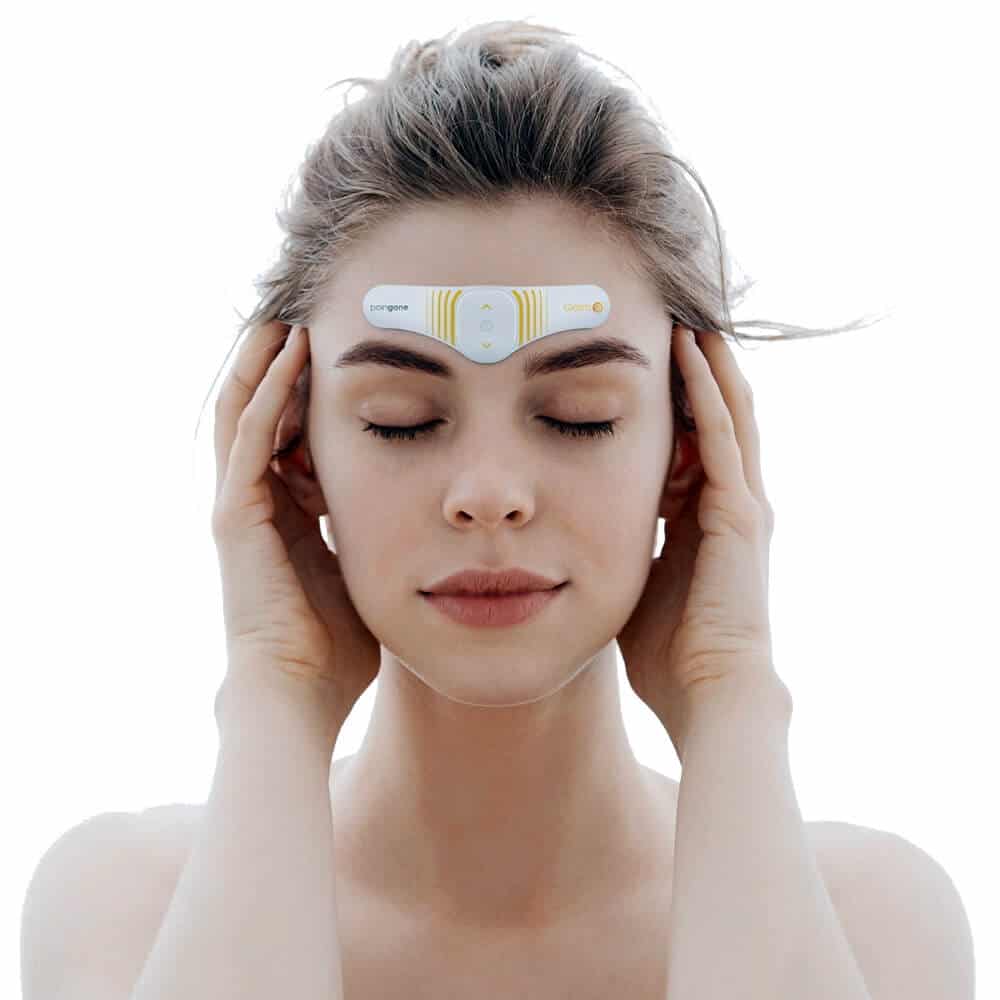Getting Your Head in the Game with Effective Migraine Pain Relief
Paingone
The severe and often one-sided throbbing pain you feel in your head is called a migraine. At least once in their life, 1 in 7 people in the general population has experienced a migraine attack.
With many possible triggers, it remains of the most prevalent conditions after tooth decay and tension headaches.
In fact, approximately 200,000 migraine attacks are experienced in the UK every day. Overall, more than 6 million people around the UK experience migraines. The incidences vary in terms of severity, but more than half of the affected population experience debilitating pain that can prevent them from carrying out their day-to-day activities.
Understanding Migraines
SOME FACTS
Migraine pain is a more severe type of headache, often felt only one side of the head.
Migraine pain, unlike a stress headache, has a throbbing or pulsing sensation. Migraines also tend to last longer and can be debilitating.
As for the frequency of migraines, it changes from one person to the next. Some people experience multiple migraines more than once a week, some occasionally. On the other hand, years may pass between migraines for some people.
More recently, TENS has become a worldwide-used technology for natural pain relief. In fact, it has been recommended by the NHS for aiding pain relief to patients who suffer from conditions such as osteoarthritis.
Types of Migraines
Among various others, the following three types of migraines are experienced more commonly:
Migraines with Aura – This type of migraine typically follows a range of warning signs that appear before the headache develops.
Migraines without Aura – As the name suggests, these types of migraines occur without any warning signs. It is the most common one most people experience.
Migraine Aura without Headache – Again, very aptly named, this type of migraine occurs when you experience the warning signs of a migraine but not the actual headache.
Migraine Symptoms
Paingone
Considering that migraines without an aura are most commonly experienced, the main symptom remains a sudden, throbbing/pulsating headache on side of the head.
Some people may experience the headache on both sides of the head, neck and/or face.The pain may start out moderate but increase as you move, are exposed to bright lights and carry out with your day.
Other Symptoms
Some people may experience one or multiple of the following common symptoms:
- Nausea
- Being sick (vomiting)
- Sensitivity to bright lights and loud noises
- Sweating
- Difficulty in concentrating
- Sudden hot or cold flashes
- Abdominal pain
- Diarrhoea
Not all people experience all or any of these symptoms.
The headache remains the most common one, often lasting anywhere between a couple of hours to 72 hours.
What is the Aura?
Aura, in simple terms, refers to the warning signs that often precede a migraine attack.
They are temporary symptoms that indicate migraine development. Some of the most common signs include:
- Seeing flashing lights
- Vision problems
- Tingling sensation (pins and needles) in your face, hands or arm
- Dizziness
- Balance issues
- Difficulty speaking
These warning signs can develop a day or 5 minutes before the migraine. Some people may only experience these warning signs but not the headache.
Migraine Stages
Unlike regular headaches, migraines often develop in separate stages. Even though not everyone experiences each stage, they are as follows:
Pro-Dormal (Pre-Headache) – This stage typically begins a few hours or a day or so before the headache develops. Warning signs such as loss in appetite, mood changes, and a dip in energy levels, etc.
Aura – The aura signs mentioned above begin developing an hour to 5 minutes before the headache.
Headache – Migraine pain ensues as a throbbing or pulsating sensation on one side of the head. At this stage, the migraine can be accompanied by nausea, vomiting and/or extreme sensitivity to light and sounds.
Resolution – As the headache subsides, some symptoms such as fatigue and low energy might longer for a day or two afterward.
Treatment
While no cure exists for migraines, there are ways you can subdue or decrease the pain to avoid experiencing severe symptoms.
During an attack, sleeping or napping in a dark, quiet room with plenty of hydration can be helpful.
Over-the-counter painkillers such as ibuprofen and paracetamol may reduce symptoms. However, it is suggested that painkillers should be taken as signs of migraine pain appear. If these medications don’t help, your GP may suggest something stronger
See you GP if you experience migraines 5 or more times in one month. If the pain persists, gets worse or is followed by paralysis, slurred speech, high temperature, mental confusion, seizure, or double vision, etc., seek immediate medical help.
Paingone – Helping with Migraines
With a strong movement against drug-dependency, alternative ways to maximize pain-relief for migraines exist.
Qalm from Paingone has been specifically developed to combat and alleviate migraine attacks, using transcutaneous nerve stimulation applied directly to the forehead. It can be effective both in tackling migraines when they occur and reducing the frequency of migraine attacks.
Many customers have also found the Paingone and Paingone Plus devices to be useful for migraine. These use a unique form of Transcutaneous Electrical Nerve Stimulation (TENS) to help relieve some of the discomforts that may be preventing you from carrying through the day.
Key Characteristics Of Our Paingone Qalm
- Rapid relief of migraine
- Drug-free
- 20 minute therapy
- Also prevents attacks
- Rechargeable
- Class lla Medical Device
- Clinically proven
- Adjustable intensity
Check Out Our Paingone Pen Products
USE ANYTIME, ANYWHERE

